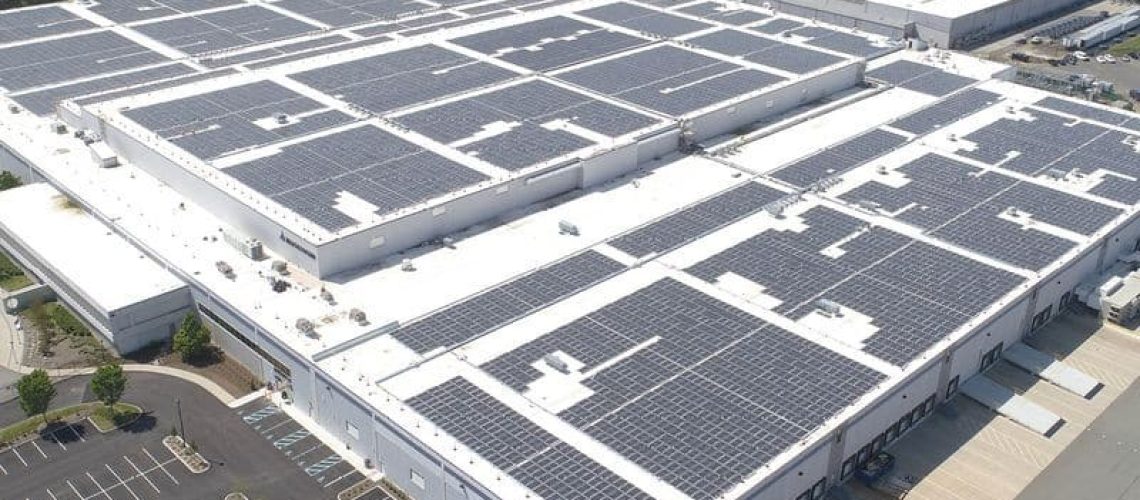ICF report says retiring legacy fossil fuel plants will be more challenging.
For the first two decades of the 21st century, electricity demand in the U.S. has been relatively flat. This has coincided with the dramatic rise in renewable fuel sources, especially solar and wind. However, a new report from Virginia-based consultancy ICF warns that sharp increases in electricity demand are putting pressure on energy transition efforts.
According to the ICF report, the U.S. is facing electricity demand growth of 8.3% (5.1% peak) by 2028, significantly more than previous estimates. This translates into a 19% increase in electricity costs for utilities. Further out, ICF projects average electricity demand to go up 18% by 2033 and 37% by 2050 compared to 2024 levels.
Many factors are contributing to increasing demand, particularly the proliferation of AI-infused data centers, electrification initiatives, electric vehicle usage and expanding domestic manufacturing.
One of the key benefits of low demand is that utilities have been able to retire the dirtiest coal- and other fossil fueled power plants as solar and wind have come online. In many ways, this is the essence of the energy transition.
The ICF report notes that legacy plant retirements are already falling off. Citing the U.S. Energy Information Agency, the report said power plant operators plan to retire 5.4 GW of generating capacity in 2024, compared with 13.5 GW in 2023 and the lowest of any year since 2008.
As an example of the real-world implications of this trend, the report said earlier this year PJM asked Talen Energy to delay the retirement of 844 GW of fossil-fueled capacity in Maryland for three years.
Shankar Chandramowli, ICF’s director of energy and power markets and one of the authors of the report, told pv magazine USA that delaying retirement of legacy generation sources is just one issue arising from increasing demand. Regions experiencing increasing demand are often problematic for developing new generation sources, renewable or otherwise.
“We are based in northern Virginia, which happens to be the data center capital for the whole country,” Chandramowli said, adding that siting new power plants in Northern Virginia is always a challenge. “If you look at our paper, we’ve identified areas where the grid has potential for more injection and withdrawal capacity. These don’t always line up with regions experiencing higher demand. We’ve observed that PJM, for example, is expected to run low on its expected reserve margin partly because of the supply demand.”
Chandramowli said utilities must proactively identify these challenges upfront and then start planning for the demand with an eye on the problems with increasing electricity supply while supporting clean energy. These problems could be lack of sun or wind resources, permitting and other regulatory issues, interconnection scheduling and underlying grid capacity.
Himali Parmar, ICF’s vice president of energy advisory services for interconnection and transmission and a report co-author, told pv magazine USA that one of purposes of the electricity demand report is to help policy makers make the right decisions given the tremendous amount of data that needs to be taken into consideration.
“What we are hoping to do through this report really is to present the kind of intel that you can generate from the data,” Parmar said. “There’s tons of data. The grid is a complex place, with real time, five-minute, hourly data available for the seemingly endless number of substations in this country. So, you know, it’s a lot of data that needs to be mined processed and forward-looking simulations that need to be run.”
One of the prescriptions in the report is that emerging generative AI systems can help with analyzing data, forecasting demand and planning for increasing supply to meet it before reserve margins are squeezed. Thus, one of the sources of increased demand pressures may help planners come up with solutions.
Popular content




